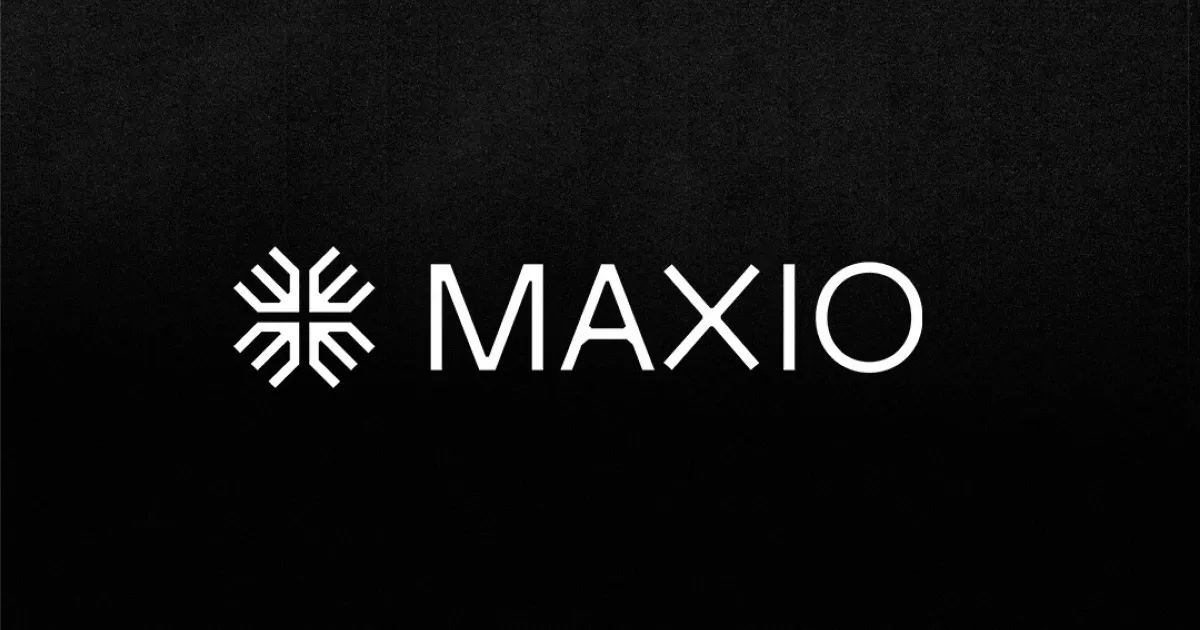Pricing products either online or in a store can be difficult to determine because most items have a set manufacturing overhead cost. Retailers need to find a balance so they don’t have too few customers due to overpricing or too little profit if they price their margins too low. Much of pricing boils down to trial and error, but a systematic and informed approach to those trials can help you find the “sweet spot” with a minimum of mistakes.
At the “10,000 foot view,” there are two ways to approach pricing. You can price your products according to how much profit you want to make, or you can price them according to what the market looks like.
Profit-Based Pricing
If you have 2,000 shirts that cost you $10 each and you need to make $24,000, profit-based pricing says to charge $12 per shirt. This assumes the $10 accounts for all of your expenses, not just the price of the shirt. This sort of strategic planning helps keep track of the bottom line, but sometimes the plan doesn’t mesh well with realities.
Market-Based Pricing
Those 2,000 shirts will sell for more money if they sport a recently popularized catch phrase, or you can sell them more quickly if you price them below what the guy across the street is charging. Market-based pricing strategies focuses on how much you can realistically sell an item for, then builds up a sales plan from there. There are several different ways to determine market pricing, including:
- The manufacturer suggested retail price (MSRP)
- Any minimum prices required in your wholesale contract
- Prices from your local and Internet competition
- Factors that allow you to charge a premium, such as being the only concession stand at the ball park.
- Your minimum profitable sale point
Ultimately, most retailers will strike a balance between these methods. They will analyze the market-pricing concepts and compare them to a profit-pricing baseline to see if a new product is a good idea.
Sale Pricing
Although the pricing methods above describe day-to-day pricing, altering your prices is a tried and true method for improving your sales volume.
Volume Pricing is setting a lower price for buying items in quantity, such as “$2 each, or 3 for $5.” This can move items that haven’t been selling, and also tend to increase the volume of what customers buy.
Loss Leaders are items you advertise at a price where you lose money, in order to get people into the store and spend enough that you make a profit anyway. Most people will recognize this method from “Black Friday” sales after Thanksgiving.
Event Pricing means selling an item for a lower price temporarily, such as during a weekend sale or with a coupon. This may also be a loss leader or volume pricing deal.
Pricing is complex and all retailers end up taking more than one loss over the course of a career. The key is to stay aware of the market, watch how your sales volumes respond to price changes, and to always look ahead for the next opportunity.



